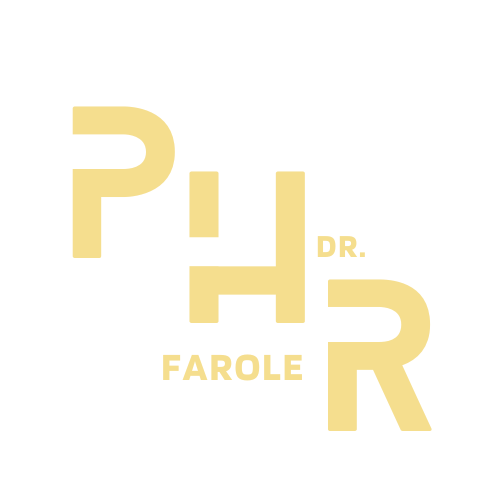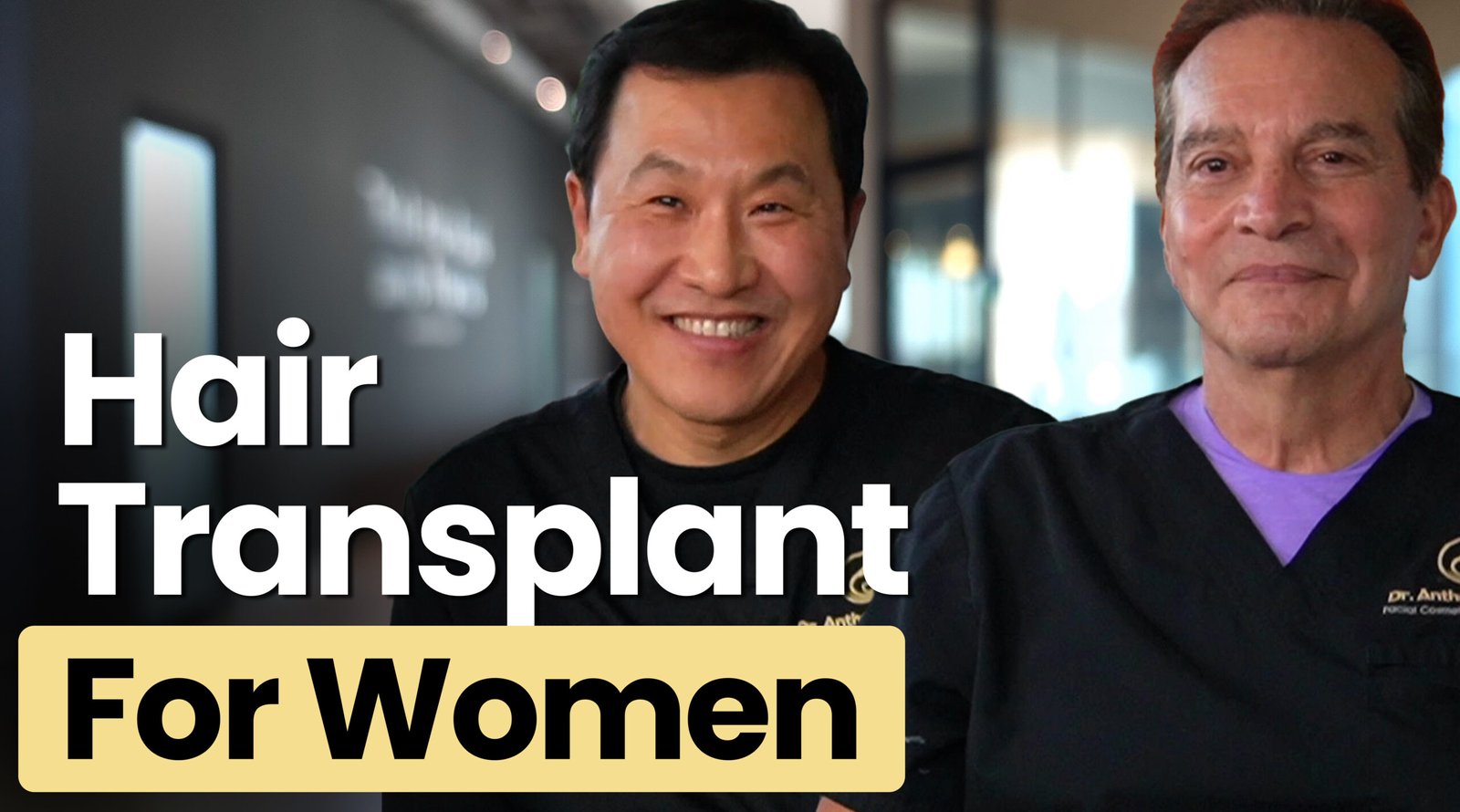It’s always a stressful experience to find yourself losing hair rapidly for whatever reason. So the idea of a transplant and the permanent hair you get following the procedure is god-sent.
However, hair transplants can be pricey, and you want to make the most of your transplant. This takes a couple of variables, among them donor site selection.
Recipient vs. Donor Sites
When you have severe hair loss, you have a balding or thinning area that can be filled in with a transplant.
We have two hair loss patterns: the male and the female hair loss pattern.
For male pattern baldness, hair begins receding at the top and temples. As this progresses, it reveals an M-shaped hairline. If you don’t remedy the problem, the recession goes on.
On the other hand, female pattern hair loss begins at the top and the crown of the head. This thinning creates a sparsely-haired area around the top of the head where the middle part sits. As hair loss progresses, this central part continues thinning and widening, even as the hairline remains intact. The ponytail also thins due to the lost hair in the middle part.
These areas without hair or with thinning spots are called the recipient areas.
Now, for a transplant to happen, hair is taken from other areas with healthy, dense hair. This hair is then planted in the thinning areas. These areas are known as the donor sites.
The Donor Site
Once you see a hair transplant surgeon for a consultation, he will look at several things. These include a blood workup and a physical exam of your hair, including an evaluation of the recipient and donor site.
The hair to be transplanted is taken from the donor site. This is where hair follicles will be gotten from. Hair follicles have 1 to 4 hairs.
The ideal donor area is from the mid back of the head to the back of the head. The area that is ear to ear is also a viable donor site.
The hairs at this spot tend to be the thickest of all the hair on your head. This area also produces the healthiest hair stands and gives the most natural outcomes.
One other thing is that being at the back of the head, the donor site is much easier to conceal as you heal and before the wound heals.
Lastly, this place is ideal for harvesting hair because it’s immune to the hormones responsible for hair growth. This is what brings about the concept of ‘forever hair.’
Once hair from the donor site is transplanted in the thinning areas, it brings its long-lasting, high-resistance qualities. As such, after a transplant, this hair is likely to keep thriving and growing without being affected by hormonal changes that lead to hair loss. You are, therefore, unlikely to ever need a transplant in the transplanted areas again. This, however, doesn’t mean that you will not require a transplant for different areas of your head.
Qualities of a Good Donor Site
While we know where the donor site is situated, not all hair transplant candidates can be said to have a good hair donor site.
During your consultation, a surgeon can examine your door site and decide on the viability of your donor site. Here are some qualities they will be looking out for.
1. The donor’s hair density
The average donor area has an average density of 80 to 100 follicles per cm2. As such, a patient needs to have a donor area density of at least 80 follicles per cm2 to be considered a good candidate for a transplant.
This is keeping in mind that you need a minimum of 45 follicles per cm2 to have good density to resolve severe thinning or alopecia.
As a whole, the entire donor area has about 6000 follicular units which can be harvested safely. Each follicular unit holds 1 -4 hairs, and the denser your hair is, the more grafts you have. The number of grafts you need depends on the extent of hair loss. For example, stage one of male baldness requires a maximum of 1,000 grafts, while the final stage of baldness requires upwards of 7,000 grafts. Each
2. Graft quality
Aside from the number of hair grafts, a suitable donor site has hair grafts of good quality. These are strong, healthy, and of a suitable thickness, have good elasticity, and are well hydrated before the transplant. This gives them a better chance of withstanding the transplantation shock and thriving once transplanted. If you transplant weak, struggling grafts, they will retain these qualities once transplanted. The reverse is also true.
Still, grafts can get damaged during the transplant process. High-quality grafts, whether extracted through a FUT hair transplant or a FUE hair transplant, have supportive tissues around them. Once harvested, high quality also have:
- Minimal transactions
- Few or no crushed follicles
- Minimal follicle fractures
If you have good-quality grafts and prevent damage during the transplant procedure, then you have a better chance of a very successful transplant.
3. Scalp laxity
Scalp laxity measures how easily or how difficult it is for scalp tissues to stretch when tension is applied to them.
The surgeon assesses scalp laxity by manually palpating the donor area and moving the scalp vertically and horizontally. This is done to estimate the scalp movement against the occipital bone. This movement can be measured and rated as;
- Moderately loose
- Very loose
- Average
- Moderately tight
- Severely tight
For a FUT, where a strip is cut from the scalp to harvest hair, laxity is critical because the measurements of the strip depend on the scalp laxity. Wider strips increase tension when closing the wound. Higher wound tension leads to;
- Challenges in closing the wound and a risk of partial or total separation of wound edges
- Wound ischemia and necrosis, which are ulcers that result from poor blood flow. This causes cells to die and damages tissues.
- Widening of the eventual donor scar
- Telogen effluvium of the surrounding skin
On the other hand, patients with very loose scalp tissue might end up with broader or larger scars post-transplant.
4. Previous transplants
It’s possible to have multiple hair transplants over a lifetime. However, this can overtake the donor area.
Sometimes, the donor area can be overharvested from a previous transplant. This would leave you without enough viable grafts for harvesting for a subsequent transplant.
The same is true for a transplant that was done or one that healed improperly. These can leave irreversible damage or scarring that makes the donor site unusable for subsequent transplants.
If a reputable surgeon deems your donor site to be weak, they can decline to conduct a transplant. They can also choose to harvest hair from alternative spots like the beard area. In cases of laxity, your surgeon can suggest remedies before re-examining you at a later date.
Though there are other factors in play, donor site selection significantly impacts the success of a hair transplant.
For example, if you pick a site without enough hairs for harvesting, you will either overharvest the hairs or fail to get enough hairs for sufficient density on the recipient site. Without enough density, the hair won’t fill in as it should; hence, you don’t get optimal results.
See our article on why hair transplants fail for other potential causes.
Similarly, if you get a strop excised on a site with very high scalp tension, you risk tearing and ischemia. This will lengthen the recovery period and possibly leave permanent scarring.
So, besides the transplant itself, you need a well-qualified surgeon to assess your donor site and determine if it makes for a successful transplant.
How Are Grafts Harvested From the Donor Area?
So, how will the grafts be harvested?
This can be done through two methods:
- FUE
- FUT
A Follicular Unit Extraction (FUE) is less traumatic when compared to a FUT. Here, you will be put on local anesthesia before the procedure.
Your surgeon will then harvest hair follicles from the donor area and preserve them for transplantation in the thinning or balding areas. Once done, the scarring on the donor site will be barely visible, though you might feel some slight discomfort.
A Follicular Unit Transplantation (FUT) is also known as the strip method. Here, you will be put on local anesthesia. The surgeon will cut a strip of scalp with healthy hairs from the donor area. They will then harvest hair follicles from this strip before transplanting them to the recipient site.
The area where the strip was excised will be stitched up and bandaged to allow for recovery. You will likely have some pain after the numbness eases, but this should completely taper off within a day or two. Still, you will have a sutured wound on the donor area that needs to heal, unlike in a FUE.
Donor Area Aftercare
Contrary to popular belief, the donor area is not an inexhaustible resource. Let’s look at the hair follicle to understand this better.
When you tug your hair, you get a hairstand broken along the length of the strand or a hair plucked from the root. A broken hair strand is straight from end to end. On the other hand, a hair pulled out with its root will have a round bulb at the end of the strand. This bulb is the hair root, and hair pulled out in this manner will almost always grow back.
However, these are not the hairs harvested during a transplant. For transplants, surgeons make small incisions and remove an entire hair follicle. A hair follicle is a tube-like structure and it surrounds the root of a hair strand. This pokes through the dermis and epidermis and can, at times, dig into the subcutaneous tissues.
While pulling out a hair root doesn’t affect things much, pulling out a hair follicle is another matter altogether. When damaged, hair follicles can grow hair again, but this can take up to 4 years. However, when the follicle is pulled out, hair can’t grow back where it was harvested. Once transplanted, a follicle will continue growing hair at the new site.
Taking Care of the Donor Area
The donor area will take two to three weeks to heal fully. During this time, there are things you can do to accelerate healing. Because hair won’t grow back in the donor site, taking good care of this spot is instrumental for your hair’s overall aesthetics. Similarly, it’s essential to preserve the donor site in case you need other transplants in the future.
Here are some donor site aftercare tips.
1. Keep the bandage and change it as often as your surgeon prescribes.
2. Apply a topical antibiotic or take oral antibiotics as prescribed. These will prevent infections that can cause permanent scarring on and around the incision side. These can lead to permanent scarring and affect hair growth around the strip.
3. A few days after the operation, you can wash your hair. Use a very mild shampoo, being careful not to scratch or agitate the donor site with your nails or fingertips. Similarly, gently pat the area dry with a soft towel.
4. If crusts appear over the donor area, resist the urge to pull them out, which can tamper with recovery.
5. Take it easy for a couple of days and avoid strenuous activities. These include hitting the gym, bending, and heavy lifting.
6. Elevate your head when sleeping and try to keep pressure off the donor site, as well as the newly transplanted hair, if possible.
7. Avoid smoking and alcohol until the scar is fully healed.
Get Your Transplant Done Right
The success of a hair transplant is highly dependent on how the procedure is done. The need to have an experienced, highly trained hair transplant surgeon cannot be overemphasized.
At the Philadelphia Hair Restoration Clinic, we take special care when assessing a candidate’s suitability for hair transplants. We don’t just conduct hair transplants; we seek to execute them correctly. If you are wondering about suitability, why not talk to one of our experts? Book a free consultation here, and let’s begin the journey to great hair.




